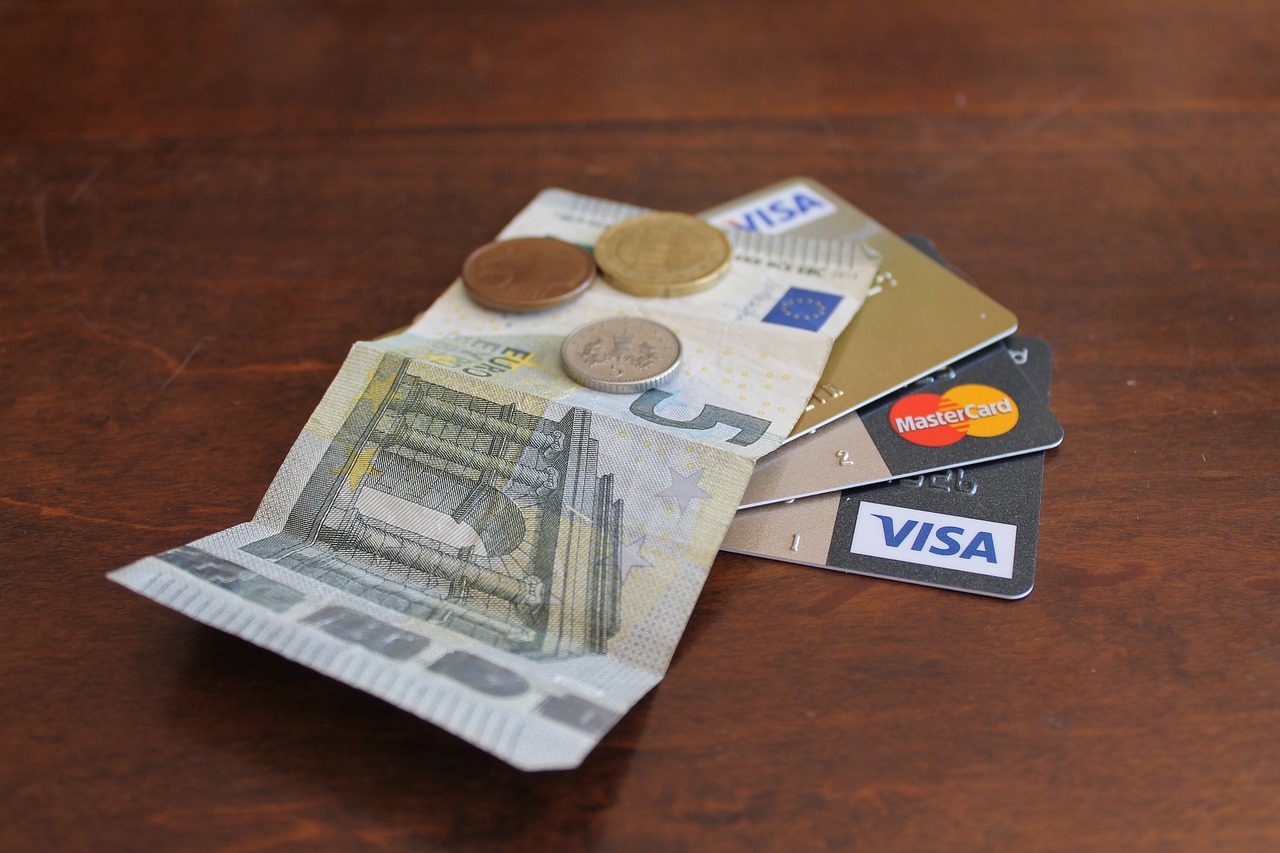Unlocking the Mystery: What You Should Know About Sending Money to the Philippines
GPT_Global - 2024-04-20 21:30:10.0 563
Do I need to provide identification when sending money to the Philippines?
Sending money to the Philippines has become easier and more convenient with the rise of remittance businesses. However, one question that often arises is whether identification is required when sending money to the country. The short answer is yes, you do need to provide identification when using a remittance service.
Identification is an important aspect of any financial transaction, and remittance businesses are no exception. This is to ensure the safety and security of both the sender and the recipient. By providing identification, remittance businesses can verify the identity of the sender and ensure that the money is being sent to the correct recipient.
When using a remittance service, you will be required to provide a valid government-issued ID, such as a passport or a driver’s license. This is necessary even if you are sending money online or through a mobile app. Some remittance companies may also ask for additional information, such as your address and contact details, to further verify your identity.
Another important reason why identification is required is to comply with anti-money laundering laws and regulations. These laws aim to prevent illegal activities such as money laundering and terrorism financing. By requiring IDs, remittance businesses can keep track of transactions and report any suspicious or unusual activities.
Additionally, some remittance companies may also require identification from the recipient when claiming the money. This is to ensure that the person receiving the money is indeed the intended recipient and not an imposter.
In conclusion, providing identification when using a remittance service is a standard and necessary procedure. It is for the safety and security of both the sender and the recipient, as well as to comply with legal requirements. So the next time you send money to the Philippines, be sure to have a valid ID handy to make the process smoother and hassle-free.

Can I send money to any bank or financial institution in the Philippines?
If you are looking to send money to the Philippines, you may be wondering if you can send it to any bank or financial institution. The good news is, yes you can! The Philippines has a robust and well-connected banking system that makes it easy for people to send and receive money.
With the advancement of technology, remittance businesses have made it even easier to transfer money to the Philippines. You can now send money online or through mobile apps directly to any bank account in the country. This eliminates the need for physical visits to a brick-and-mortar store or bank.
Another convenient way to send money to the Philippines is through international money transfer services such as Western Union or MoneyGram. These companies have partnerships with numerous banks and financial institutions in the country, making it possible to send money to almost any account.
It is worth noting that before sending money, you should always check with the receiving bank or financial institution for any specific requirements or restrictions. Some banks may require the sender to have an account with them, while others may charge additional fees for international transfers.
In conclusion, sending money to the Philippines is now easier and more accessible than ever before. You can send money to any bank or financial institution in the country, whether through online platforms or international money transfer services. As always, make sure to do your research and choose a reputable and reliable option for your remittance needs.
Are there any special requirements for sending money to the Philippines?
Sending money to the Philippines is a common practice for many individuals and businesses. Whether you need to send money to your family or make a business transaction, it is important to understand any special requirements that may be involved in the process. Here are a few key things to keep in mind when sending money to the Philippines.
The first thing to consider is the specific method you will use to send the funds. There are several options available, including bank transfers, online money transfer services, and traditional remittance companies. Each of these methods may have different requirements and fees, so it is important to research the best option for your needs.
If you are sending money through a bank transfer, you may need to provide additional documentation such as the recipient's bank account details and proof of identification. The bank may also charge fees for international transfers, so it is important to check with your bank beforehand.
For online money transfer services, you will need to register and provide your information and the recipient's information before making a transfer. These services often have lower fees and faster transaction times compared to traditional methods.
When using a traditional remittance company, you will need to visit a physical location and fill out a form with the recipient's information. This method may have higher fees, but it can be a good option if the recipient does not have access to a bank account or online services.
Additionally, there are certain regulations in place to prevent money laundering and fraud in the Philippines. If you are sending a large amount of money, you may be required to provide additional documents or explanation for the transaction.
In conclusion, there are various methods for sending money to the Philippines, each with their own set of requirements. It is important to research and compare your options to find the most efficient and cost-effective way to send your funds. Being aware of any special requirements and regulations will ensure a smooth and successful transaction.
How do I cancel or modify a money transfer to the Philippines?
Sending money to loved ones in the Philippines is a common practice for many individuals, whether for family support or business transactions. However, there may be times when you need to cancel or modify a money transfer to the Philippines. Here's how you can do it:
If you have opted for an online money transfer service, you may be able to cancel or modify your transfer by logging into your account and accessing your transaction history. Look for the specific transaction you want to modify and follow the prompts to make the changes.
In case you have already completed the transfer and realized that you made a mistake, you can still try to contact the remittance company's customer service hotline immediately. They may be able to assist you in cancelling or modifying the transfer before it gets processed.
If you have made a direct bank transfer to the recipient's account, you will need to contact your bank and request for a reversal of the transaction. This process may take a few days as it involves coordination with the receiving bank in the Philippines.
If you have sent money through a traditional money transfer agent, you can visit their nearest branch and present your valid identification and the transaction details to request for a cancellation or modification. However, take note that they may charge a fee for this service.
It is important to act promptly when cancelling or modifying a money transfer to the Philippines to avoid any delays or complications. Always double check the recipient's details and transaction amount before initiating the transfer to prevent any errors. With these tips, you can easily manage and adjust your remittances to the Philippines.
Are there any taxes or duties applied to money transfers to the Philippines?
The Philippines is a popular destination for international remittances, with millions of people sending money to their loved ones back home every year. However, many people wonder whether there are any taxes or duties applied to these money transfers. The short answer is yes, there are fees and taxes involved in sending money to the Philippines.
One of the main fees applied to remittances to the Philippines is the transaction fee charged by the remittance service provider. This fee varies depending on the amount being sent, the method of transfer, and the service provider. Some providers may also charge additional fees for same-day transfers or adding cash to the recipient's account.
In addition to the transaction fee, there are also taxes applied to money transfers to the Philippines. The Bangko Sentral ng Pilipinas (BSP), the country's central bank, imposes a Documentary Stamp Tax (DST) of PHP 0.30 for every PHP 200 on incoming foreign remittances. This tax is deducted from the amount received by the recipient.
There may also be other taxes or duties applied by the Philippine government, depending on the type of remittance and the amount being sent. For example, if the remittance is for business purposes, the recipient may need to pay income tax and value-added tax on the received amount.
In summary, while there are fees and taxes applied to money transfers to the Philippines, they are relatively small compared to the overall amount being sent. It is important to research and compare different remittance service providers to find the most cost-effective option for your specific needs. Also, keeping track of the exchange rate can help you maximize the value of your remittance.
About Panda Remit
Panda Remit is committed to providing global users with more convenient, safe, reliable, and affordable online cross-border remittance services。
International remittance services from more than 30 countries/regions around the world are now available: including Japan, Hong Kong, Europe, the United States, Australia, and other markets, and are recognized and trusted by millions of users around the world.
Visit Panda Remit Official Website or Download PandaRemit App, to learn more about remittance info.



